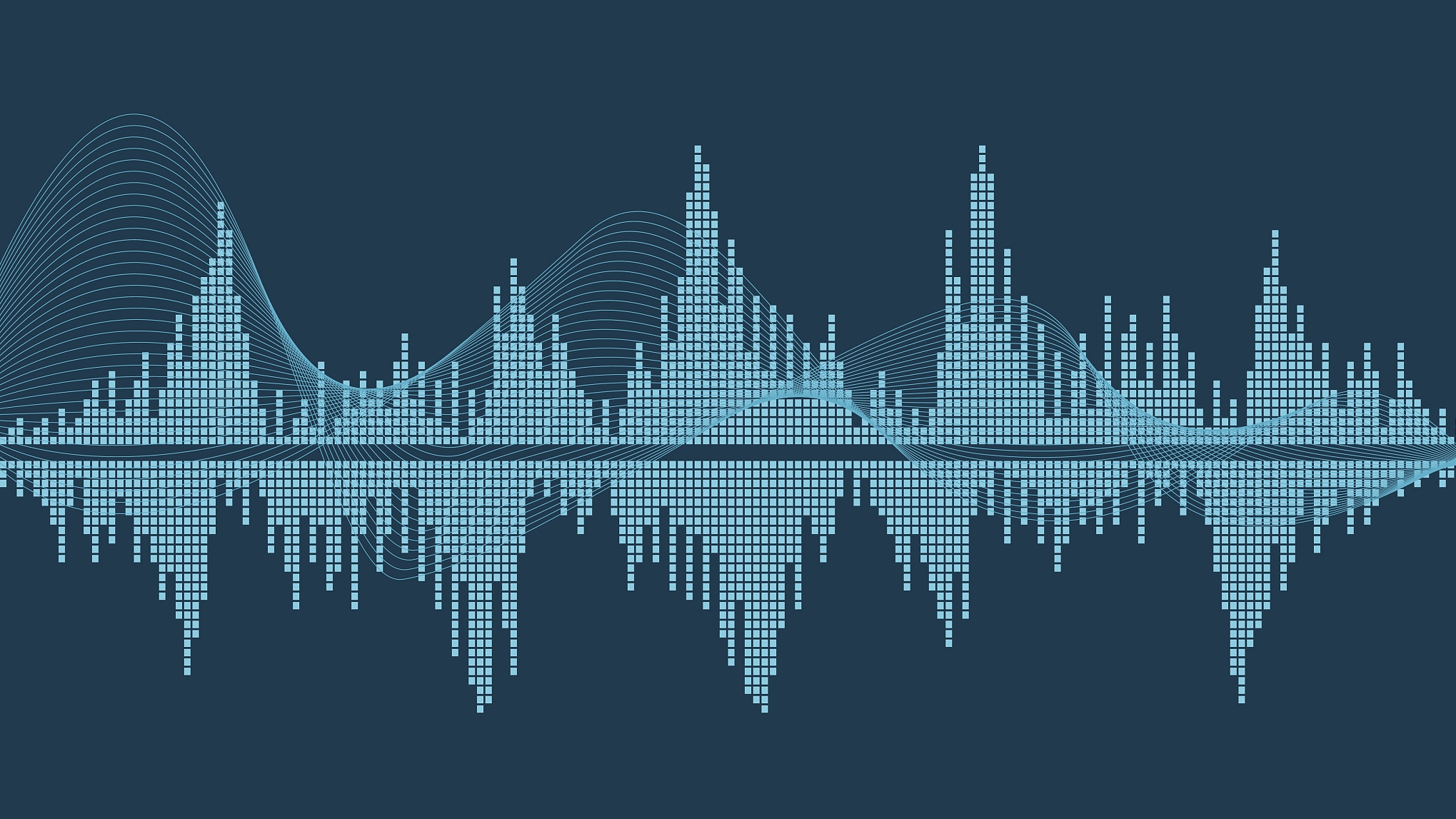
Technology
15:48, 29-May-2019
Chinese researchers use sound waves to detect human movements
CGTN

Chinese scientists have developed an AI-enabled method to identify human movements using sound waves.
The researchers from Wuhan University of Technology used a two-dimensional acoustic array and convolutional neural networks to detect and analyze the sounds of human activity and identify those activities, according to a study published on Tuesday in the journal Applied Physics Letters.
The acoustic array has 256 receivers and four ultrasonic transmitters, allowing the researchers to gather data related to four different human activities – sitting, standing, walking and falling. They managed to identify them by an artificial intelligence algorithm.
They used a 40-kilohertz signal to bypass any potential contamination from ordinary room noise and distinguish it from the identifying sounds.
Guo Xinhua, associate professor of mechanical and electronic engineering at Wuhan University of Technology, told Xinhua that it can be used in a medical alarm system which could be activated if a person falls at home.
The acoustic systems are a better detection device than vision-based systems because of privacy issues posed by the camera. Meanwhile, low lighting or smoke can also hamper vision recognition, but sound waves are not affected by those special environmental situations, according to Guo.
Source(s): Xinhua News Agency

SITEMAP
Copyright © 2018 CGTN. Beijing ICP prepared NO.16065310-3
Copyright © 2018 CGTN. Beijing ICP prepared NO.16065310-3